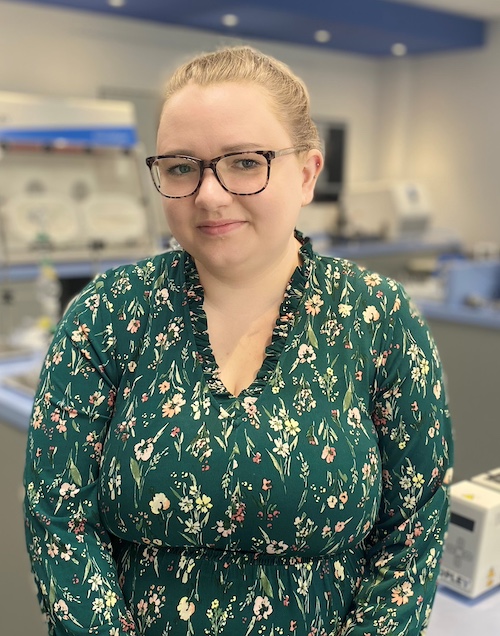A striking feature of recent batches of OINDP product specific guidances (PSGs) is the inclusion of strategies for the demonstration of bioequivalence (BE) that eliminate the need for a clinical endpoint trial. Copley Applications Specialist Clair Brooks discusses evolving test methods within this context, notably realistic aerodynamic particle size distribution (APSD) measurement, focusing on the drive for better in vitro in vivo correlation (IVIVC).
Do the new PSGs eliminate the requirement for a clinical endpoint trial?
The short answer is yes. But it is perhaps more accurate to say that the new PSGs provide “alternative” options for the demonstration of BE, one of which avoids the need for a clinical endpoint trial. The “classic” routes remain in place.
Eliminating the need for clinical endpoint trials could help to accelerate generics onto the market while reducing development costs, since such trials are both costly and time-consuming. These are important gains within the context of increasing public access to generic drugs. Indeed, since 2018 the FDA has had the stated goal of creating clear pathways for the demonstration of BE that do not rely on comparative clinical endpoint studies.
At RDD 2024, the FDA gave two presentations on the outlined alternative approaches for the demonstration of BE presented in the new PSGs and highlighted that patient factors make clinical endpoint studies challenging for locally acting OINDPs and, as a result, potentially subject to considerable variability and unpredictability. Under the weight of evidence approach, the enhanced in vitro methods in the new PSGs may provide more accurate, sensitive, and reproducible data. FDA speakers provided guidance as to method development for both realistic APSD and inhaled dissolution, as well as for in-silico studies.
Is this a new approach for the FDA?
Not entirely. The FDA has previously approved abbreviated new drug applications (ANDAs) for OINDPs in the absence of clinical endpoint data, for example, in 2016 with the approval of the first generic mometasone furoate nasal suspension spray. The PSG for beclomethasone dipropionate metered aerosol for inhalation similarly exemplifies the regulators’ openness to alternative routes for establishing BE.
However, this latest batch of PSGs mark a major step forward in the breadth of application of the approach and the detail provided. It therefore suggests an evolution in FDA thinking with respect to reducing reliance on clinical endpoint testing.



